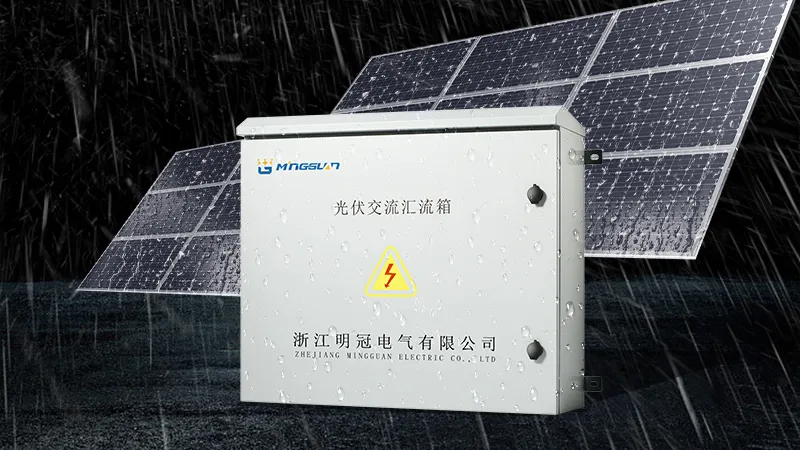The Importance of Metal Shell in Outdoor Cabinets
Metal shell, particularly those made of stainless steel or aluminum, are the unsung heroes of outdoor cabinets. Why? They’re built to endure. Stainless steel, especially grades like 304 or 316, is a powerhouse when it comes to resisting rust and corrosion. Picture this: a coastal environment with salty air battering everything in sight. While other materials might crumble under such conditions, stainless steel stands firm, making it a go-to choice for humid or harsh climates.
But durability isn’t just about weather resistance. Metal shell also excel at withstanding physical impacts and extreme temperatures. Whether it’s freezing winters or scorching summers, these cabinets maintain their structural integrity without warping or cracking. Add to that their non-combustible nature, and you’ve got a material that’s not only tough but also safe near heat sources like outdoor grills.
And let’s not forget aesthetics. Powder-coated finishes on metal shells offer a wide range of colors and textures, from sleek metallic tones to wood-like finishes. This versatility allows them to blend seamlessly into any outdoor design while enhancing UV resistance.

Background Analysis
Choosing between Metal shell and Plastic shell shells is like deciding between a sturdy workhorse and a lightweight sprinter. Each has its strengths, but their performance depends on the task at hand.Metal shells are the heavyweights of the outdoor cabinet world—strong, long-lasting, and heat-resistant. They’re ideal for environments where durability is non-negotiable. On the flip side, plastic shells are lightweight and cost-effective, making them easier to handle and budget-friendly for large-scale projects.
However, plastic materials like high-density polyethylene (HDPE) have their limitations. For instance, they can warp under extreme heat or fade when exposed to prolonged sunlight. Meanwhile, metal cabinets provide superior protection against these environmental hazards but often come with a higher upfront cost. The key is understanding your specific needs and matching them to the material that delivers the best results.
Characteristics and Advantages of Metal Shell
Durability That Stands the Test of Time
Metal shell are built to last. Imagine a cabinet exposed to years of rain, snow, and sun—it’s still standing strong because metals like stainless steel don’t easily degrade. This durability makes them an excellent investment for long-term use.
Corrosion Resistance for Tough Environments
In salty coastal areas or industrial zones with high pollution levels, corrosion is a constant threat. But high-quality metals like 304 or 316-grade stainless steel resist rust effectively. Aluminum cabinets also shine here due to their natural oxide layer that acts as a shield against corrosion.
Aesthetic Versatility
Who says tough can’t be beautiful? Powder-coated metal shells come in various finishes and colors, allowing them to fit into any design scheme—whether you’re going for modern minimalism or rustic charm.
Low Maintenance
Metal cabinets are surprisingly low-maintenance. A quick wipe with soap and water keeps them looking pristine. Their surfaces resist scratches and dents better than most materials, ensuring they remain functional and attractive over time.
Characteristics and Advantages of Plastic Shell
Lightweight Convenience
Plastic shells like HDPE are featherweights compared to their metal counterparts. This makes them easy to transport and install—a big plus for DIY enthusiasts or projects requiring frequent relocation.
Budget-Friendly Solution
For those on a tight budget, plastic shells offer an economical alternative without sacrificing basic functionality. They’re especially useful for large-scale installations where cost savings add up quickly.
Weather Resistance
HDPE cabinets are naturally waterproof and resistant to UV rays when treated with inhibitors. This makes them suitable for moderate climates where extreme weather isn’t an issue.
Eco-Friendly Options
Some plastic materials incorporate recycled content and can be recycled again after use. This makes them an environmentally conscious choice for those looking to reduce their carbon footprint.
Comparative Analysis
| Feature | Metal Shell | Plastic Shell |
|---|---|---|
| Durability | High; withstands impacts & weather | Moderate; prone to warping under heat |
| Corrosion Resistance | Excellent (e.g., stainless steel) | Good; no rust but UV fading possible |
| Aesthetics | Versatile finishes (e.g., powder coat) | Wide color range; wood-like textures |
| Maintenance | Easy; resistant to stains & dents | Easy; may require UV protection |
| Cost | Higher initial investment | Budget-friendly |
Application Scenarios
Metal Shells: Built for Extremes
Metal shells shine in high-stress environments like coastal areas or regions with extreme weather fluctuations. They’re also perfect for outdoor kitchens where fire safety is critical due to their non-combustible nature.
Plastic Shells: Lightweight Versatility
Plastic shells excel in moderate climates or scenarios where portability is key—think mobile outdoor setups or temporary installations that need quick assembly without heavy lifting.
How to Choose the Right Outdoor Cabinet Material?
When selecting the ideal shell material for your outdoor cabinet, ask yourself these questions:
- What’s the Climate Like? If you’re dealing with harsh weather or high humidity, stainless steel is your best bet.
- What’s Your Budget? For cost-sensitive projects, plastic shells provide a practical solution.
- What’s Your Use Case? Need something fire-resistant near a grill? Go metal. Want something lightweight for easy relocation? Plastic wins.
- What’s Your Style? Both materials offer customizable finishes—choose based on your design vision.
- How Eco-Friendly Do You Want to Be? Consider recycled plastics or recyclable metals if sustainability matters.

